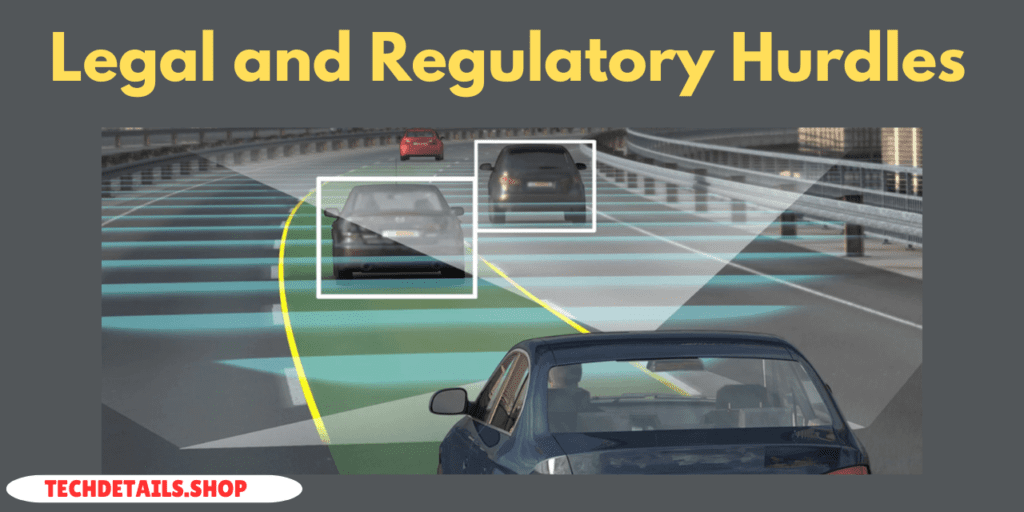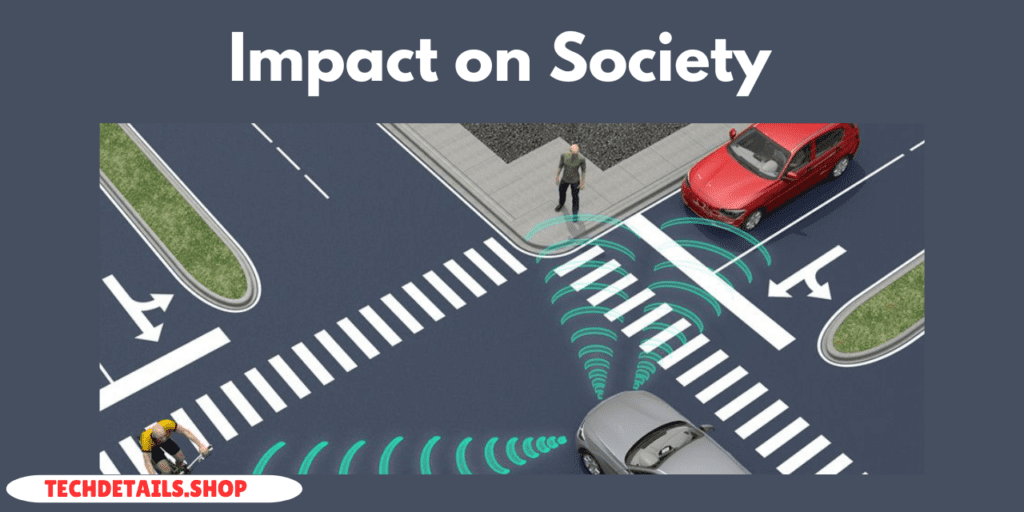Self-driving cars, also known as autonomous vehicles, are redefining the future of transportation. These cars, powered by artificial intelligence, advanced sensors, and machine learning, promise to transform the way we travel. While they offer exciting possibilities, they also come with significant challenges and concerns.
In this comprehensive article, we will delve into the advantages and disadvantages of self-driving cars and explore their impact on technology, the economy, and society.
What Are Self-Driving Cars?
Self-driving cars are vehicles capable of navigating and operating without human intervention. Using a combination of technologies such as cameras, radar, LIDAR (Light Detection and Ranging), GPS, and artificial intelligence, these cars can perceive their surroundings, interpret data, and make decisions in real time.
Levels of Automation
The autonomy of self-driving cars is categorized into six levels:
- Level 0: No automation – the driver is fully in control.
- Level 1: Driver assistance – features like adaptive cruise control.
- Level 2: Partial automation – the car can steer and accelerate but requires human oversight.
- Level 3: Conditional automation – the car handles most tasks, but human intervention is needed in emergencies.
- Level 4: High automation – the car operates independently in specific conditions.
- Level 5: Full automation – no human input is required at any time.
Currently, most self-driving vehicles operate at Levels 2 or 3, with Level 5 autonomy still under development.
Pros of Self-Driving Cars
1. Enhanced Road Safety

Safety is one of the most significant benefits of autonomous vehicles. Human errors like distracted driving, fatigue, and speeding are major causes of accidents. Self-driving cars are programmed to eliminate these risks by maintaining focus and adhering to traffic laws.
- Example: Tesla’s Autopilot has shown promise in reducing rear-end collisions by maintaining safe distances.
- Real-World Impact: The World Health Organization estimates that self-driving cars could reduce traffic fatalities by up to 90%.
2. Reduced Traffic Congestion

Autonomous vehicles can optimize traffic flow through vehicle-to-vehicle (V2V) communication. This technology enables cars to share data about speed, location, and road conditions, preventing bottlenecks and unnecessary stops.
- Benefit for Cities: Reduced congestion leads to shorter commute times and less stress for drivers.
3. Greater Accessibility

Self-driving cars offer mobility solutions for individuals who cannot drive, such as elderly people, individuals with disabilities, or those without driving skills. This inclusivity can improve their quality of life and provide newfound independence.
- Example: Programs like Waymo’s ride-hailing service already cater to passengers who rely on autonomous transport.
4. Environmental Benefits

Many self-driving cars are integrated with electric vehicle technology, which helps reduce carbon emissions. Additionally, optimized driving patterns result in lower fuel consumption and decreased air pollution.
- Fact: Research suggests that the widespread adoption of self-driving electric cars could cut transportation emissions by 50%.
5. Improved Economic Productivity

With autonomous vehicles handling driving tasks, passengers can use travel time for work, leisure, or other productive activities. Businesses could also benefit from faster deliveries and reduced shipping costs in industries like e-commerce and logistics.
Cons of Self-Driving Cars
1. High Costs

Developing and maintaining self-driving cars is expensive. The complex hardware, such as LIDAR sensors and high-performance processors, drives up the cost of production and repairs.
- Drawback: These high costs may make self-driving cars unaffordable for the average consumer in the short term.
2. Ethical Dilemmas

Programming autonomous vehicles to make ethical decisions during unavoidable accidents poses significant challenges. Who should the car prioritize in a collision—passengers or pedestrians? Such questions remain unresolved.
- Real-Life Scenario: In a potential crash, should the car swerve to avoid a pedestrian if it risks the safety of its passengers?
3. Job Losses

The introduction of autonomous vehicles could lead to widespread job displacement in sectors like trucking, ride-sharing, and delivery services. Millions of drivers might face unemployment if self-driving technology becomes mainstream.
- Statistics: According to the International Transport Forum, up to 4.4 million trucking jobs in the U.S. alone could be affected by automation.
4. Cybersecurity Concerns

Self-driving cars rely heavily on software, connectivity, and data sharing. This dependency makes them vulnerable to hacking and cyberattacks, which could compromise passenger safety and even national security.
- Example: A hacker gaining control of a self-driving car’s system could lead to catastrophic outcomes.
5. Legal and Regulatory Hurdles

The legal framework for self-driving cars is still in its infancy. Questions about liability in accidents, insurance requirements, and traffic law compliance remain unresolved. This lack of clarity could slow down the adoption of autonomous vehicles.
Impact on Society

Self-driving cars could reshape society in profound ways:
- Urban Design: Reduced parking demands might free up space in cities for parks, housing, or other developments.
- Public Transportation: Autonomous buses and shuttles could improve accessibility and efficiency in public transit systems.
- Behavioral Changes: As cars take over driving, people might change how they view transportation, shifting from car ownership to shared mobility models.
Challenges to Overcome
For self-driving cars to reach their full potential, several challenges must be addressed:
- Technological Refinement: Ensuring that AI systems can handle all road conditions, including bad weather and unpredictable human behavior.
- Public Trust: Gaining consumer confidence in the safety and reliability of autonomous vehicles.
- Regulatory Alignment: Establishing clear global standards for manufacturing, testing, and deploying self-driving cars.
The Future of Self-Driving Cars
The future of autonomous vehicles is promising, with advancements in AI, machine learning, and connectivity pushing the boundaries of innovation. However, for self-driving cars to succeed, collaboration between governments, tech companies, and automakers is essential.
Innovations on the Horizon
- Vehicle-to-Infrastructure (V2I) Communication: Cars will interact with traffic lights, road signs, and other infrastructure for seamless navigation.
- Energy Efficiency: New developments in battery technology and energy management will make autonomous electric vehicles more sustainable.
For More Information
For more information, visit https://techdetails.shop to explore related content.
Conclusion
Self-driving cars represent a revolutionary shift in transportation, offering unmatched benefits in safety, accessibility, and environmental impact. However, they also pose significant challenges, including ethical dilemmas, cybersecurity risks, and job displacement.
As technology evolves, addressing these concerns will be critical to ensuring a smooth transition to autonomous transportation. With continued innovation, collaboration, and regulation, self-driving cars could become a cornerstone of modern mobility, shaping the future in unimaginable ways.

